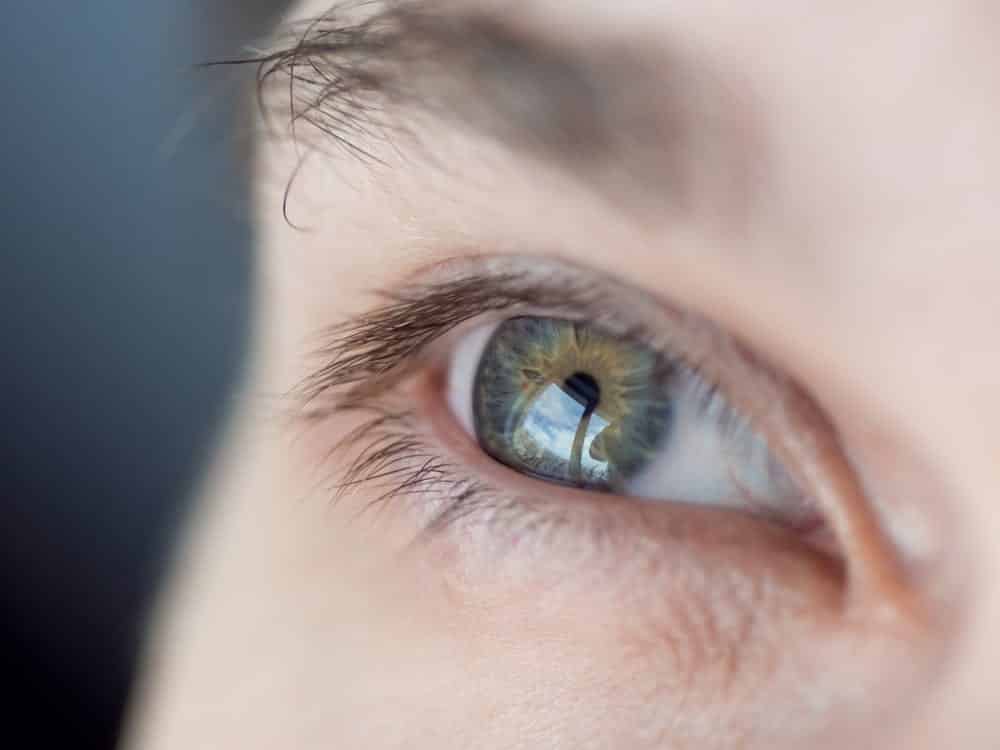We’ve all been there: You’re walking down the street, and a gust of wind sends debris flying straight into your eye. Sure, it’s uncomfortable – but is it something that could impact your long-term eye health? Yes and no. There’s a chance that you have experienced a corneal abrasion, otherwise known as a scratched cornea. Corneal abrasions are extremely common eye injuries, and they’re usually treatable. Resulting from damage to the top layer of the cornea, corneal abrasions can cause significant discomfort and disrupted vision. When left untreated, a corneal abrasion can lead to prolonged vision problems, which is why it’s essential to recognize scratched cornea symptoms and treat them immediately.
Scratched Cornea Symptoms
Scratched Cornea Causes
Corneal abrasions are the result of an impact to the cells in the top layer of the cornea, otherwise known as the corneal epithelium. In simpler terms, that means that a foreign body makes contact with the surface of your eye. That can be everything from a stray tree branch or a finger to a makeup brush, a particle of sand, or even flying particles on a windy day.
A common belief is that corneal abrasions are the result of large traumas, such as a cat scratch. However, small particles like dust are often to blame. Since you may not even be aware that something came into contact with your eye, it’s important to be familiar with scratched cornea symptoms so you can recognize a corneal abrasion and get it treated.
Do I Have a Scratched Cornea?
Our eyes are exposed to all kinds of environmental stressors, which can lead to discomfort from time to time. It’s important to be able to differentiate between basic discomfort and scratched cornea symptoms. If you suspect you might have a scratched cornea, there are several symptoms to watch out for:
- General discomfort and eye pain
- The sensation of a foreign body in your eye – like an eyelash or a piece of dust
- Redness
- Sensitivity to light
- Excessive tearing
- Blurry or decreased vision
- Headache and nausea
Treating a Superficial Corneal Abrasion
A healthy cornea is key to long-lasting eye health and vision. If you recognize any of the scratched cornea symptoms listed above, schedule an appointment with an eye doctor right away. Superficial corneal abrasions are typically easy to treat, healing within a few days with the help of lubricating eye drops and, occasionally, antibiotic eye drops to prevent infection.
Treating a Severe Corneal Abrasion
Most corneal abrasions respond well to treatment when addressed immediately. However, more severe corneal abrasions can occasionally leave a scar and affect long-term vision. If you’re experiencing a severely scratched cornea near the pupil, your eye doctor will likely prescribe an antibiotic ointment for the eye in addition to a steroid to decrease the possibility of scarring. Severely scratched corneas can also be treated with what’s known as a bandage contact lens, which can provide pain relief and speed healing.
_____
While scratched corneas are extremely common and very treatable, they may impact your vision if left untreated. Manage your eye health with confidence: Learn to recognize the symptoms of a scratched cornea, and see your eye doctor immediately with any concerns.
Looking for a new eye doctor? If you live in southwest Missouri, contact Heffington’s. Since 1975, the Heffington family has been assisting the Springfield community with top-quality eye care and affordable eyeglasses and contacts. One of the unique features of our family-owned business is that we manufacture lenses at our own laboratory, giving us total control over the service and pricing, and we’re happy to pass our savings on to you. To learn more about our products and services, please get in touch with us online, send an email to asktheexperts@heffingtons.com, or give us a call at 417-869-3937 (Optiland location) or 417-882-3937 (House of Vision location). We look forward to hearing from you!

